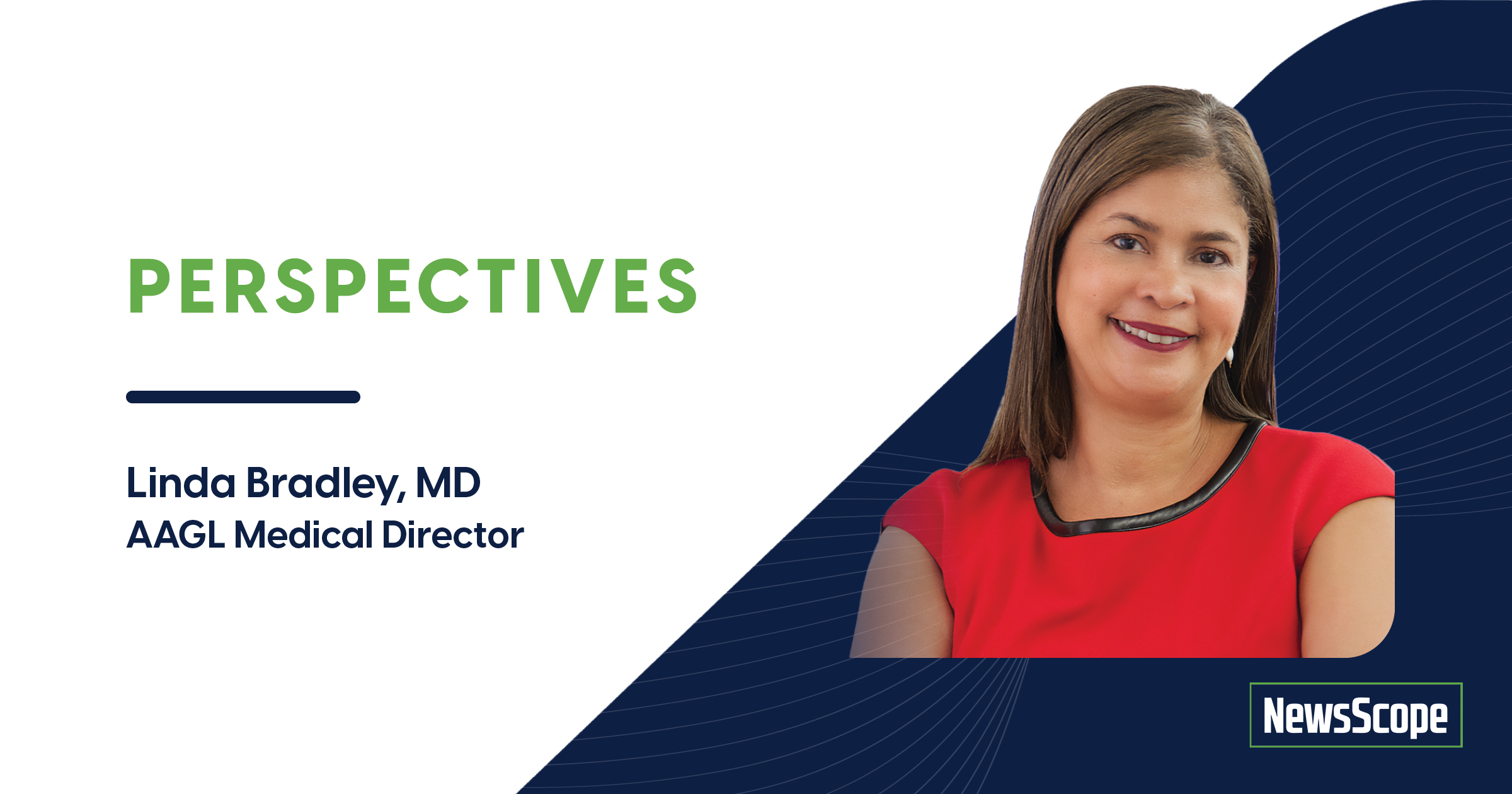Patient and Physician Advocacy: Do You Hear Me? Can We Talk?

Recent statistics demonstrate that many patients are allotted only six seconds to describe their symptoms, clinical history, and voice concerns to their physician. Another study found that physicians interrupted after a median of only 11 seconds. Certainly, there are a myriad of reasons for these sobering statistics such as time constraints, patient volume, and the need to exam the patient, update the electronic medical record, and answer questions.
Uninterrupted listening is an important component of the patient/physician relationship. My adage when teaching and modeling interpersonal interactions with patients is: “the patient will tell you most everything you need to know, if you allow her to talk and you examine the patient.” Yes, sometimes we may need to redirect them, but let them talk—and listen to them. Believe it or not, they don’t talk for an hour. When we allow them to talk, the patients feel heard and we can respond as an advocate to their concerns.
Quiet, empathetic listening and employing motivational interview techniques such as asking open ended questions, providing affirmation, and summarizing the patient’s thoughts and feelings, followed then by more directed questions, allows us to hear the patient’s complete narrated story. By doing this, they will often describe their quality of life, shed tears or radiate smiles, list remedies tried, and share their treatment preferences. This strategy of communication not only gives us a more complete assessment, but also creates an authentic partnership between our patients and ourselves that better prepares us for choosing appropriate therapeutic options. These intentional skill sets are essential to becoming a patient advocate.
A quiet revolution is underway between patients and their physicians. In fact, many organizations have called for physician advocacy as a core component of medical professionalism. This is especially true in our specialty as minimally invasive gynecologists. Inquisitively, patients seek out social media portals that describe our academic pedigree, hospital affiliations, research interests and expertise in surgical procedures. Our listening skills and bedside manner are missing from our curriculum vitae, social media platforms, or LinkedIn accounts but are revealed in our patient’s response to our care.
Many years ago, I had an ombudsman complaint written by a patient that stated, “she rattled off all the options for treatment of fibroid related symptoms, but she didn’t even listen to me.” That was an eye-opener for me. Certainly, I provided my patient with an encyclopedic knowledge of fibroids, but because I didn’t listen to her, she felt dismissed and ignored.
Personally, the answer hit me, “Eureka,” I exclaimed after reading the complaint. It was then that my interviewing techniques changed to include less talking and more listening. What I discovered were more smiles when leaving the office, better patient satisfaction scores, and handwritten notes mailed to me about the care I rendered. When we listen, we become better care advocates.
Recently, the American Medical Association defined physician advocacy as an “action by a physician to promote social, economic, educational, and political changes that ameliorate suffering and threats to human health and well-being that are identified through their professional work and expertise.” This definition can be expanded to broadly include organizations such as the AAGL.
Advocacy and listening must extend beyond our exam rooms. As an association that seeks to advance MIGS and address disparities in care, providing education and advocacy for patients is a valuable tool for fulfilling our mission because by empowering patients with the information that they need, they will seek appropriate care and advocate for themselves. AAGL is the educational link between our member’s offices and academic opportunities. In our board’s strategic planning last year, we embraced the opportunity to further improve the care of our patients by directly providing patient education.
I’m thrilled that the first AAGL patient education forum on uterine fibroids, Everything You Want to Know about the “F” Word: Uterine Fibroids, Facts, Fiction and Fallacies, was held at our 51st Global Congress in Colorado. This live zoom session geared towards patients not only provided information on fibroids but allowed our distinguished panel to listen to patient’s concerns, connect with them, and answer their questions. This recorded resource is housed on the patient page of the AAGL website.
The AAGL is committed to future patient advocacy programs. Some of the ways we will do this is by providing additional patient education webinars on various topics at upcoming Global Congresses. We will also begin a revamp of the AAGL’s MIS for women patient website. These resources for patients are also resources for us and are simple ways for each of us to step up as patient advocates.
Let’s listen, so she can talk.
The post Patient and Physician Advocacy: Do You Hear Me? Can We Talk? appeared first on NewsScope.